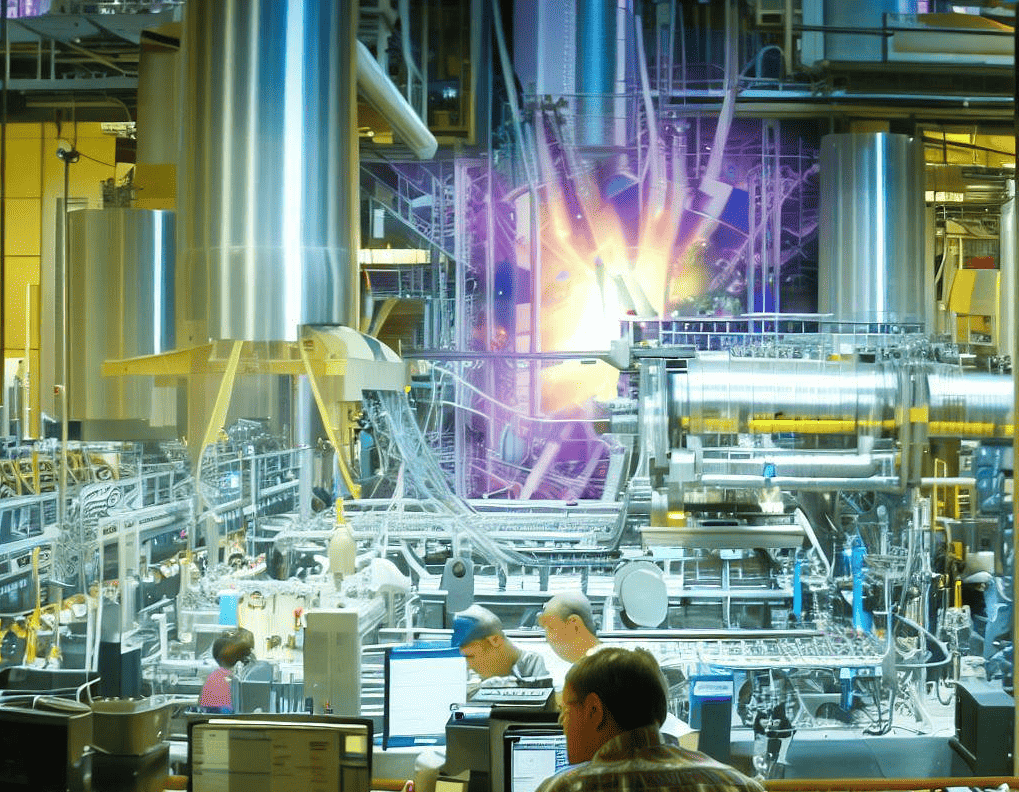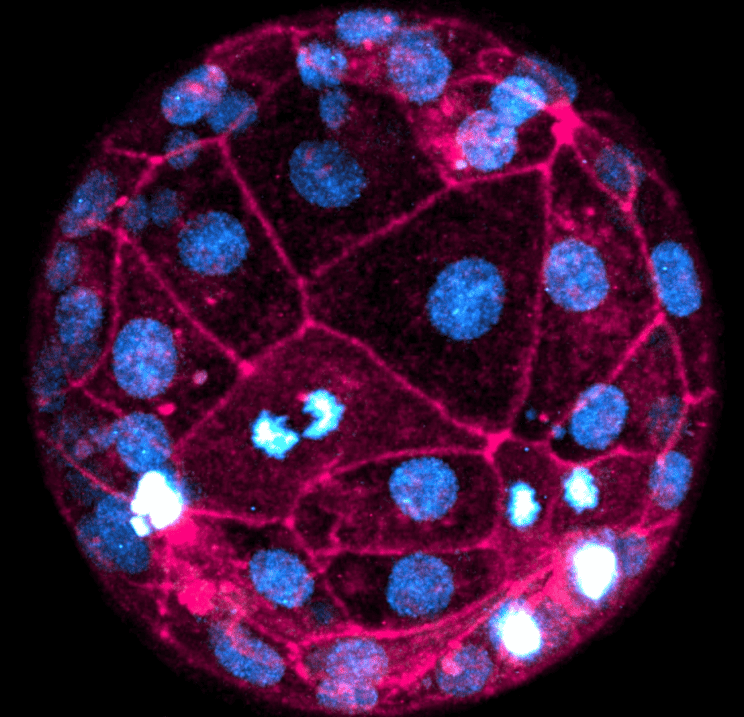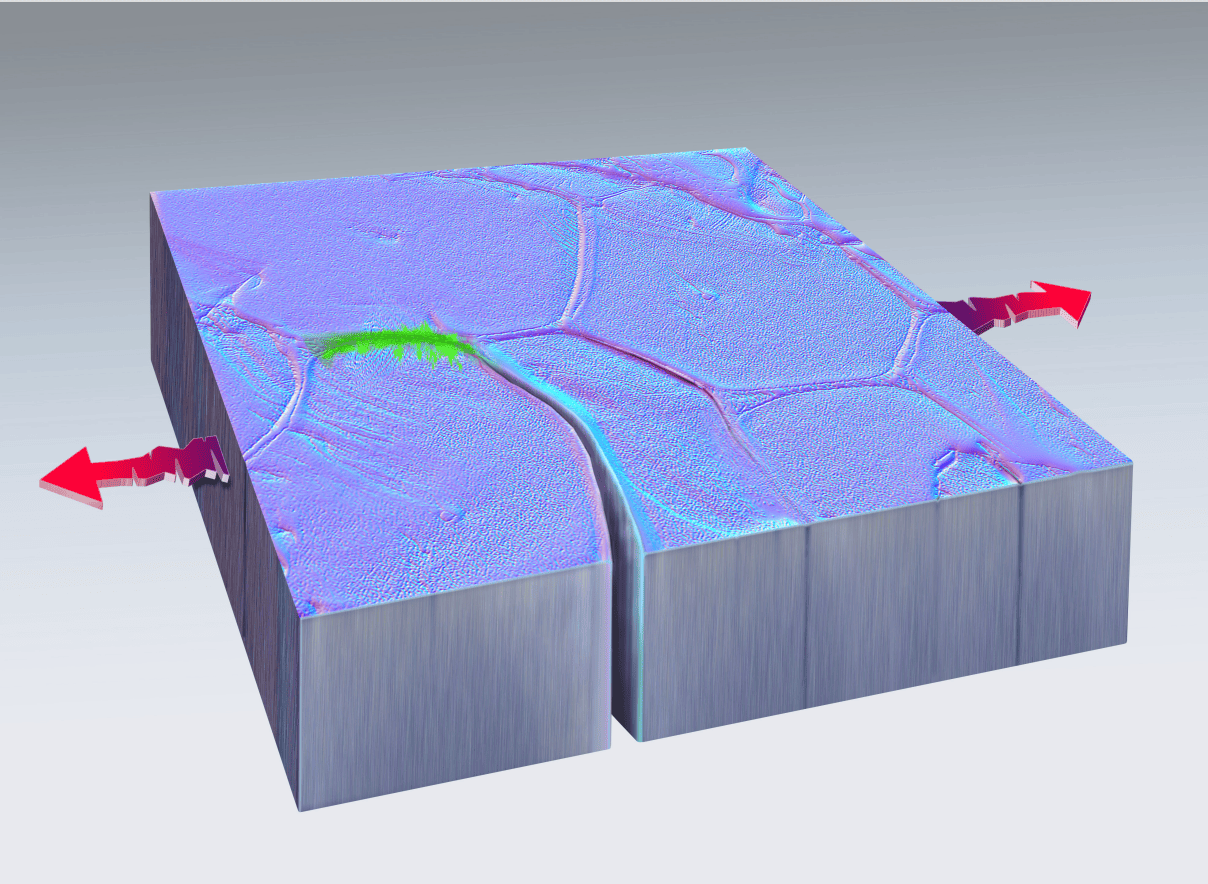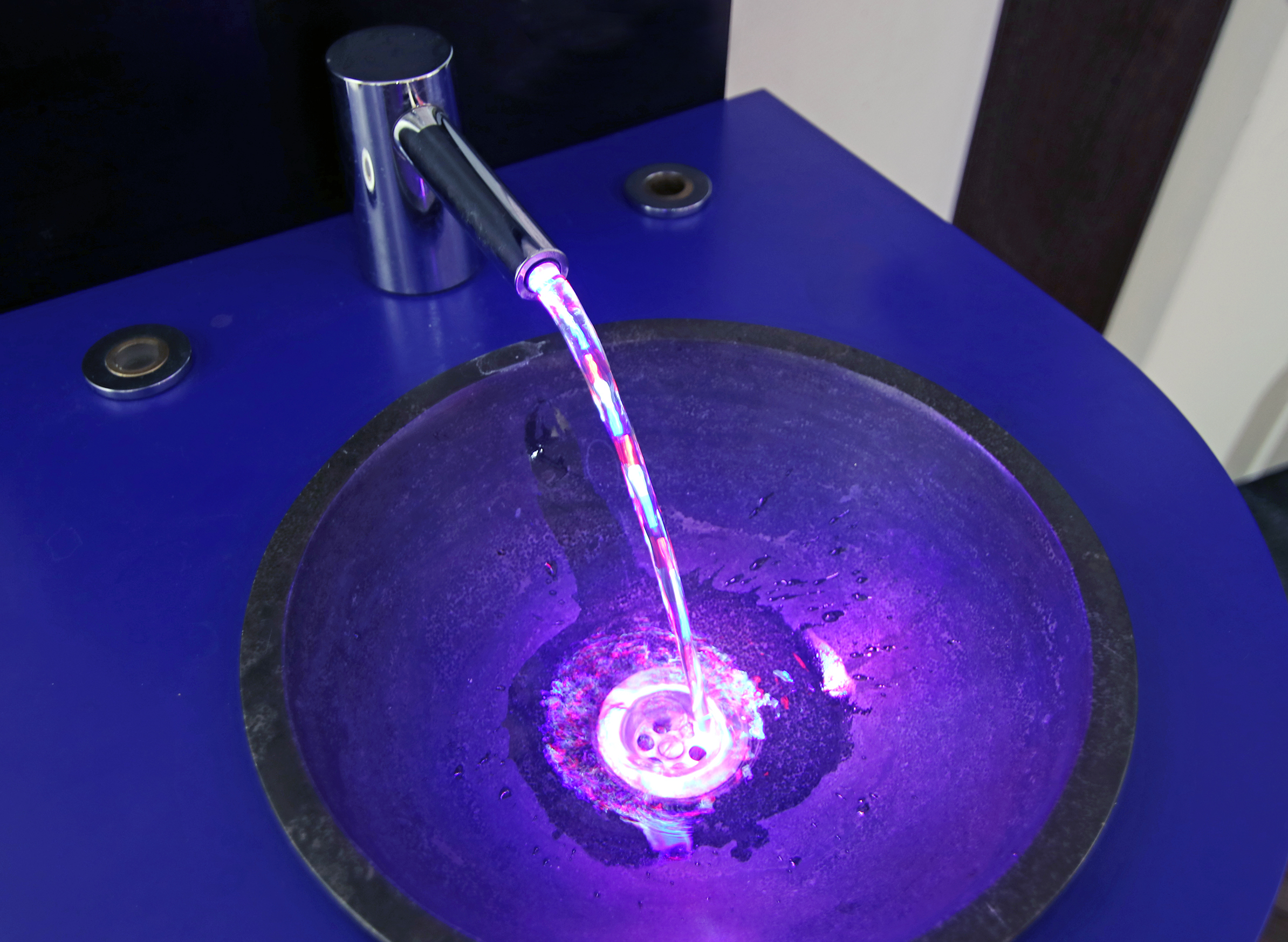
Scientists at the University of Massachusetts, Amherst, have made a groundbreaking discovery with their “Air-gen” device, which generates electricity from ambient air humidity. The device works with materials containing holes less than 100 nanometers in diameter, allowing water droplets to pass through and create a charge imbalance. The team published their findings in Advanced Materials. The initial Air-gen discovery in 2020 used biologically synthesized nanowires, but the current study reveals that a variety of materials can create the Air-gen effect. Researchers are now working to scale up and optimise the technology.
Air-gen: The secret lies in the materials
The Air-gen device is a remarkable innovation that can generate electricity from the air’s humidity. Invented by researchers at the University of Massachusetts, Amherst, the device uses materials with tiny holes measuring 100 nanometers or fewer. These holes allow water droplets to pass through and create a charge imbalance as they make contact with the material, leading to a continuous electric output.
Initially, the Air-gen discovery in 2020 relied on biologically synthesized nanowires, which produced electricity from tiny wires. However, the current study has made a significant breakthrough, demonstrating that various materials can achieve the Air-gen effect. This finding expands the potential applications and impact of the device, offering a more versatile and scalable approach to generating electricity from thin air.
Small scale but promising future
It’s important to note that the Air-gen device is currently at a microscale level, producing continuous energy equivalent to several hundred millivolts for a week. While this is a significant accomplishment, it is not yet capable of powering an entire home. Nonetheless, the device’s ability to generate electricity from ambient air humidity offers exciting prospects for the future of sustainable energy, particularly as an alternative to fossil fuels and a means of combating climate change.
As researchers work to scale up and optimise the material structure for increased energy efficiency, Air-gen technology could be developed for a range of applications. Assistant Professor Jun Yao from the University of Massachusetts, Amherst, envisions a future where Air-gen devices are integrated into daily-life functions, powering homes, factories, and cities by harnessing the electricity hidden within the air.
From nanowires to versatile materials
The original Air-gen concept was based on the discovery of the Geobacter genus, a sediment organism that produces bacterial nanowires capable of conducting electricity. These electrically conductive protein nanowires were used in the first iteration of the Air-gen device, which employed a 7-micrometre-thick protein nanowire film between two electrodes exposed to the air. Moisture from the air was adsorbed by the nanowires, generating a continuous electrical current.
Although previous hydrovoltaic power generation research had explored the use of nanomaterials like graphene, such attempts only produced short bursts of electricity. Air-gen, on the other hand, can achieve a sustained voltage of 0.5 volts and a current density of 17 microamperes per square centimetre, showing its potential to charge smartphones and other personal electronics with no waste, even in extreme environments like the Sahara Desert.
Scaling up for a sustainable future
Despite the current limitations in scale, the ultimate goal for Air-gen technology is to make large-scale systems that can contribute significantly to sustainable energy production. One suggestion is to incorporate nanowires into wall paint, which could potentially power entire homes. However, the limited nanowire production by G. sulfurreducens has posed a challenge to scaling up the technology.
Microbiologist Derek Lovley, who first identified Geobacter microbes, has found a solution by genetically engineering E. coli to produce protein nanowires. “We turned E. coli into a protein nanowire factory,” says Lovley. This scalable process removes the bottleneck of nanowire supply, paving the way for further development and application of Air-gen technology.







